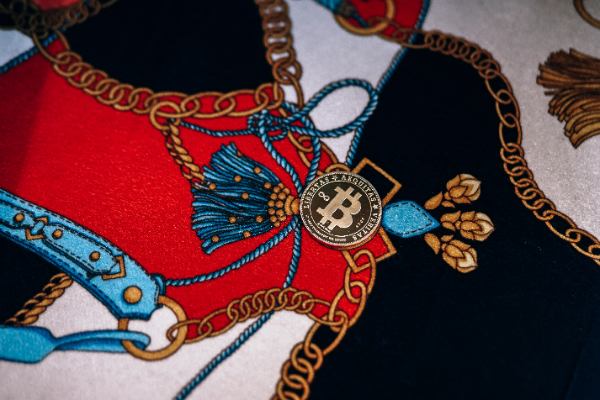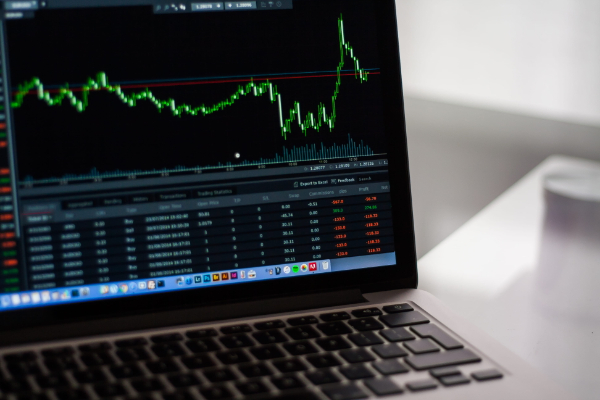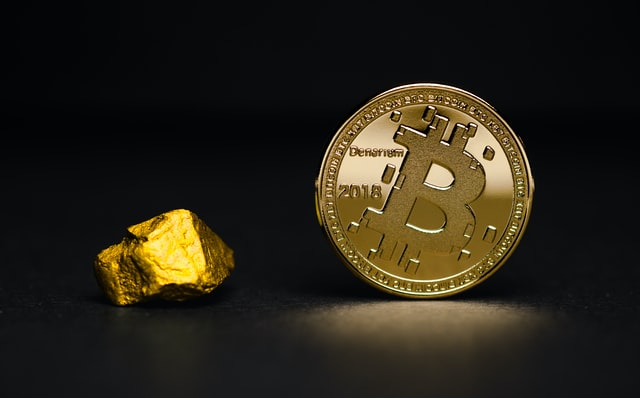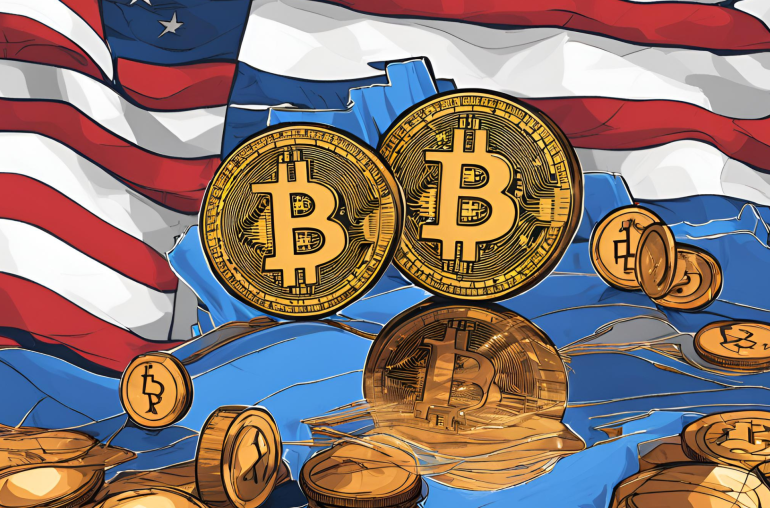
According to CNBC, the US Federal Reserve will be embarking on a low-interest rate and high inflation policy in an attempt to rejuvenate the US economy which has been one of the countries hardest hit by the prolonged economic crisis brought about by the COVID-19 pandemic. The Fed and economists are aiming for an inflation rate above 2%, where 2% is the usual target mark for the US’ central bank. Experts suggest that the bank will be looking at any point between 2%-4%. Currently, inflation rates are at 1% and unemployment rates are at a whopping 11%.
Federal Reserve Chairman Jerome Powell, speaking at a speech last week, said that a targeted solution to alleviating the challenges of the conditions of the currency economy have been well underway for a year. The Fed is due to present their observations and proposals at the Federal Open Market’s Committee next week.
Reactions to the announcement have been mixed, but it seems that there is a consensus when it comes to raising the inflation rate as this means the value of fiat currency, in this case the US Dollar, will be devalued, while costs of living are likely to increase. With this, it only makes sense to ensure that the cash one holds currently retains its buying power and value. In the CNBC article, Ed Yardenic, founder of Yardeni Research, predicts that alternative asset classes, especially, metals, gold and stocks, will see even greater growth from here on out for that reason.

On the other hand, some critics are also arguing that the Fed hardly has the best track record when it comes to hitting targets.
“If there’s any lesson that should have been learned by all the world’s central banks it’s that picking an inflation target is easy. Trying to actually get there is extraordinarily difficult,” said Peter Boockvar, chief investment officer at Bleakley Advisory Group, according to CNBC.
What effects does this proposed recovery policy have on the cryptocurrency market and in particular, Bitcoin (BTC) as an asset? The features of Bitcoin as an asset has been elaborated on in much detail in the last few years. Loosely termed as ‘digital gold’, the world’s largest crypto bears similarities to the precious gold metal as they are both finite in supply. As compared to physical fiat cash, there is no way to ‘print’ more gold or Bitcoin than there already is.

While some investors turn to the safe-haven asset that is gold, there are more discerning generational differences in investment behaviour now than there was before. According to a recent report by JPMorgan, younger investors and millennials are increasingly putting their bets on Bitcoin, preferring the digital asset to gold.
There is still a long way to go before Bitcoin truly proves to be a viable replacement for the US Dollar and traditional assets such as stocks, bonds and gold, but it can be said that as the case for fiat currency weakens with every challenge it fails to fulfil, the argument for up-and-coming assets such as Bitcoin invariably strengthens.
You may also want to read: Weak Dollar Drives Gold Through $2,000 While Altcoins Spike Higher


